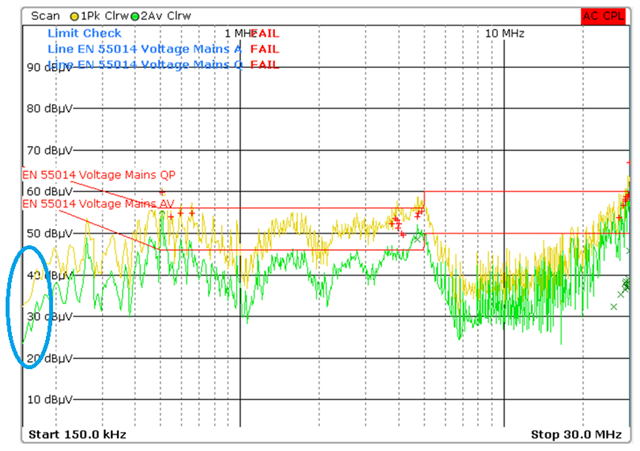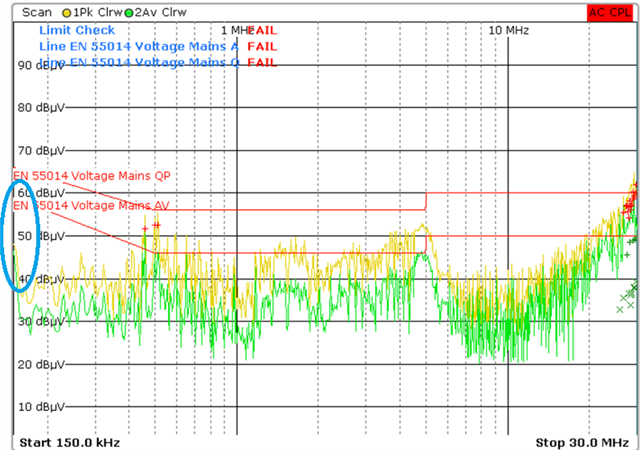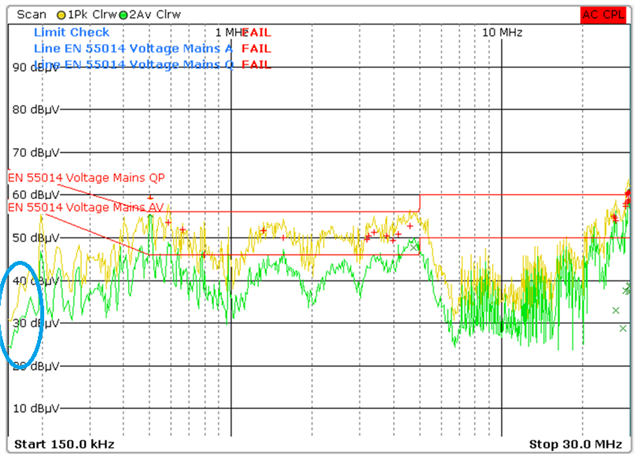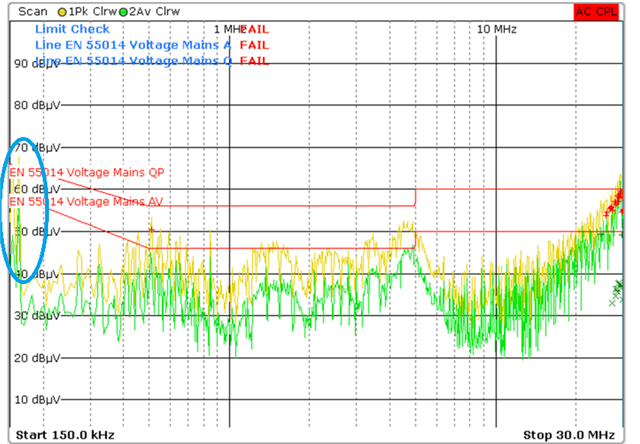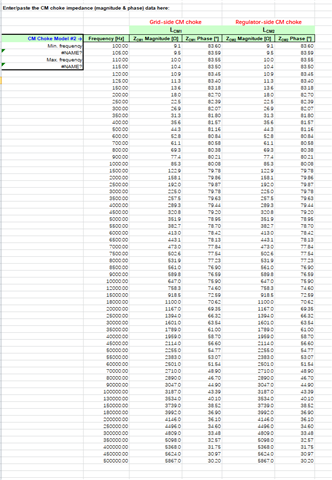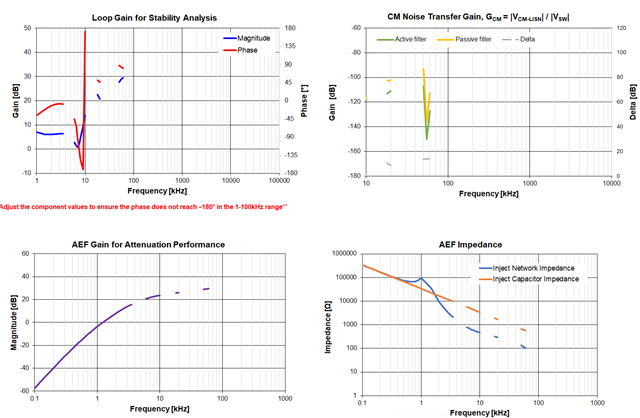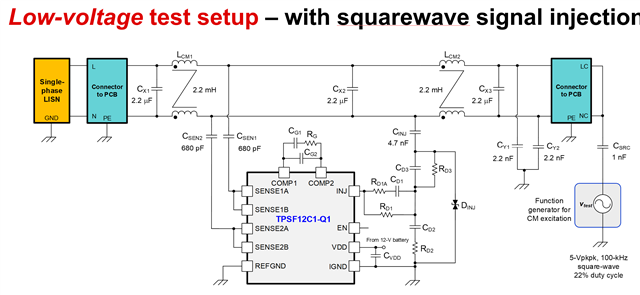Tool/software:
The TPSF12C1 is used to test the following filter circuit. The circuit and connection method are as shown in the figure below:
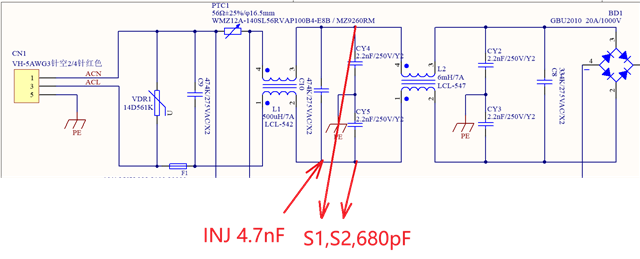
DM test results without TPSF12C1 circuit
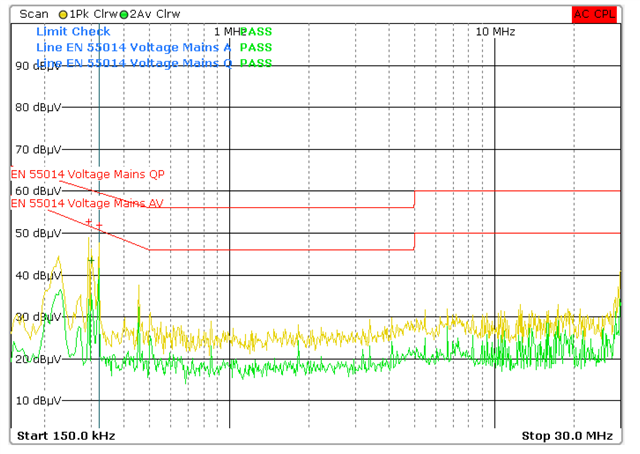
DM test results with TPSF12C1 circuit
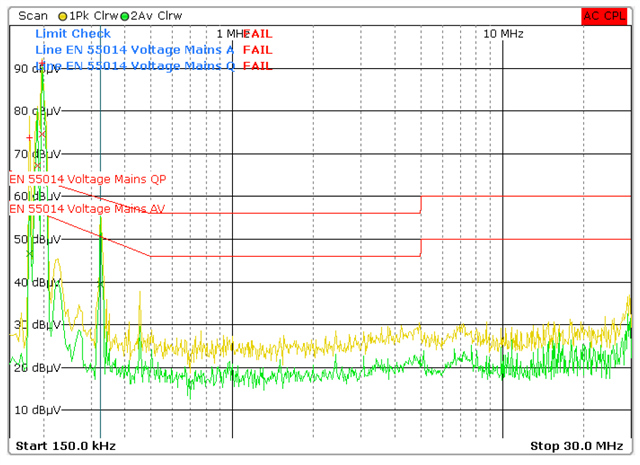
The X capacitor and CM coil remain unchanged, with only the addition of the TPSF12C1 circuit. While the common mode noise has decreased, the differential mode noise has significantly increased. What could be the reason for this? Is there a way to address this issue?



